If you’re planning to welcome a furry friend into your home, one of the most important factors to consider is trainability.
Some dogs are naturally more obedient, intelligent, and eager to please — making them easier to train than others.
Whether you’re a first-time pet owner or an experienced dog lover, these 10 Dog Breeds That Are Easiest to Train are perfect for families, individuals, and even professionals looking for loyal companions.
Table of Contents
Toggle10 Dog Breeds That Are Easiest to Train:-
1. Border Collie – The Smartest Dog in the World
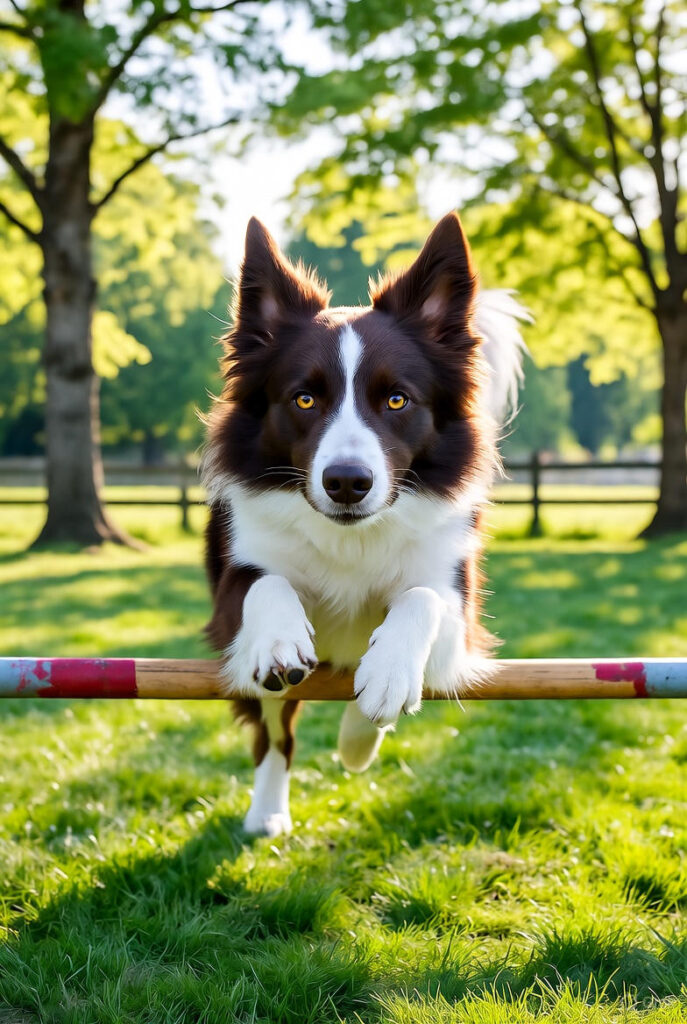
When it comes to intelligence and focus, Border Collies are in a league of their own.
Bred for herding sheep, these dogs have an incredible work ethic and thrive on mental and physical challenges.
Why they’re easy to train:
- Highly intelligent and eager to learn
- Quick to understand commands
- Excellent memory and concentration
Training Tip: Keep sessions short and engaging — Border Collies love agility, obedience, and puzzle games.
2. Poodle – Intelligent, Graceful, and Quick Learner

Poodles are not only stylish but also one of the most intelligent breeds.
They come in three sizes (standard, miniature, and toy), and all are extremely responsive to training.
Why they’re easy to train:
- Love human interaction and mental stimulation
- Respond well to positive reinforcement
- Excel in obedience and trick training
Training Tip: Include both physical activity and brain games. Poodles get bored easily without variety.
3. German Shepherd – Loyal and Obedient Protector
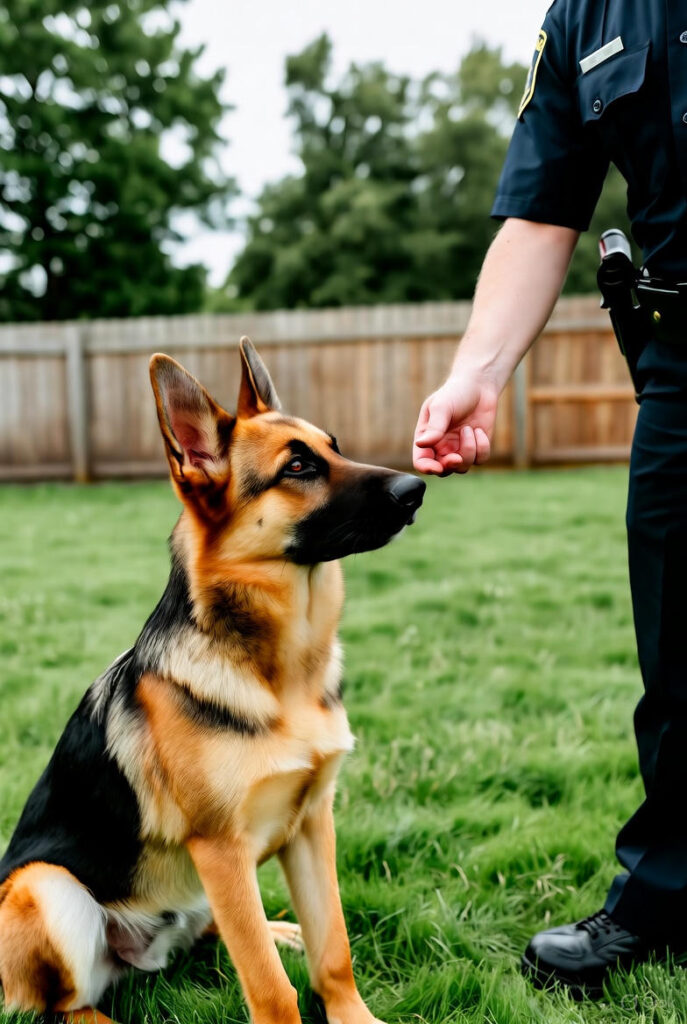
German Shepherds are famous for their intelligence, loyalty, and discipline — often serving as police, military, and service dogs.
They form deep bonds with their owners and are eager to please.
Why they’re easy to train:
- Strong desire to obey and protect
- Fast learners with excellent memory
- Respond well to consistent commands
Training Tip: Start training early with a firm yet loving approach. They thrive with structure and purpose.
4. Golden Retriever – The Family Favorite

Golden Retrievers are known for their sweet, patient, and friendly nature.
They’re one of the most popular breeds for families — and for good reason.
Why they’re easy to train:
- Gentle and eager to please
- Love positive attention
- Adapt well to family life
Training Tip: Use praise, play, and treats. Goldens love affection more than anything else!
5. Labrador Retriever – America’s Beloved Dog
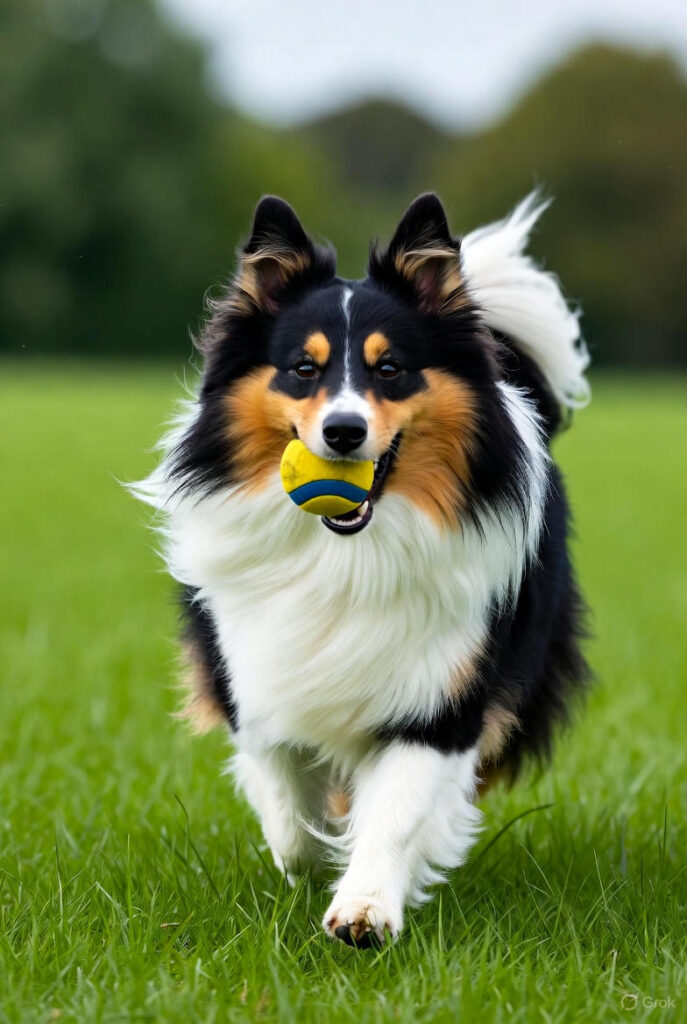
It’s no surprise that Labrador Retrievers are among the most popular dogs in the U.S.
They’re playful, loyal, and extremely intelligent — perfect for families, therapy work, or service roles.
Why they’re easy to train:
- Extremely food-motivated
- Naturally social and cooperative
- Adaptable to any environment
Training Tip: Keep sessions fun and reward-based. Labs learn best through games and interaction.
6. Shetland Sheepdog – The Small Genius

Shetland Sheepdogs, or “Shelties,” are small, fluffy herding dogs known for their intelligence and energy.
They are quick thinkers and love learning new things.
Why they’re easy to train:
- Highly responsive to commands
- Love to work and please their owner
- Quick reflexes and strong focus
Training Tip: Use agility exercises and obedience drills — they love both movement and mental challenges.
7. Doberman Pinscher – Strong, Smart, and Devoted
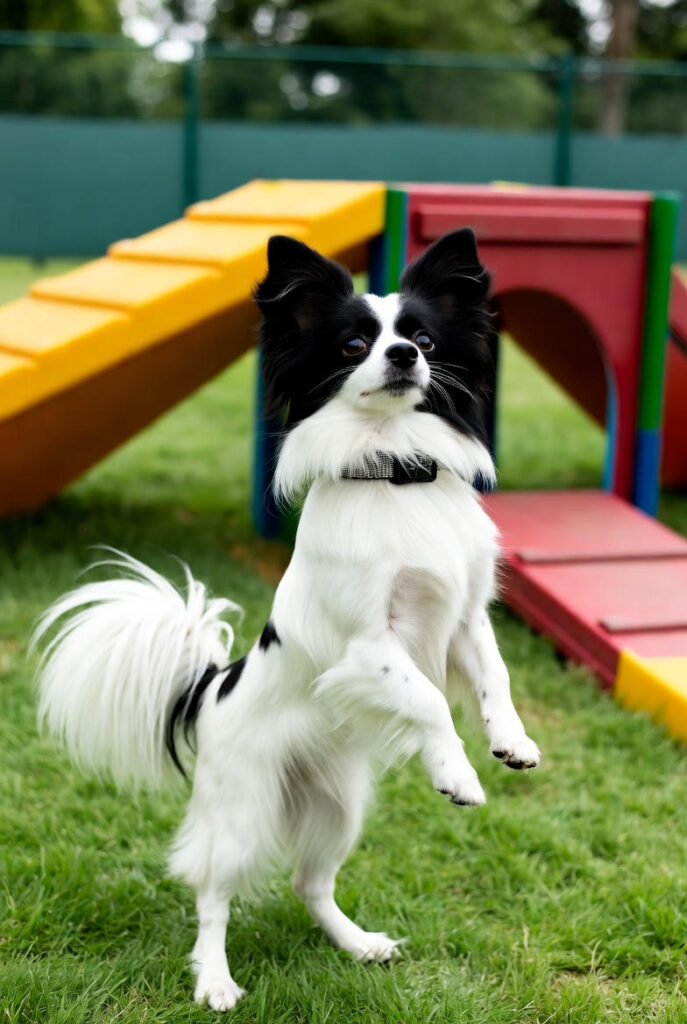
Despite their tough look, Dobermans are affectionate and loyal family dogs.
They are quick learners and very protective of their owners.
Why they’re easy to train:
- Strong focus and discipline
- Desire to protect and follow commands
- Extremely loyal and obedient
Training Tip: Begin early socialization to build trust and prevent dominance issues. Keep training structured and confident
8. Papillon – Small Dog, Big Brain

The Papillon may be tiny, but don’t underestimate this little genius!
Known for their butterfly-like ears and cheerful spirit, they’re quick to learn tricks and commands.
Why they’re easy to train:
- Very alert and curious
- Love performing and pleasing people
- Quick coordination and memory
Training Tip: Perfect for apartment living — focus on agility and obedience games to keep them active and happy.
9. Rottweiler – Calm and Confident Learner
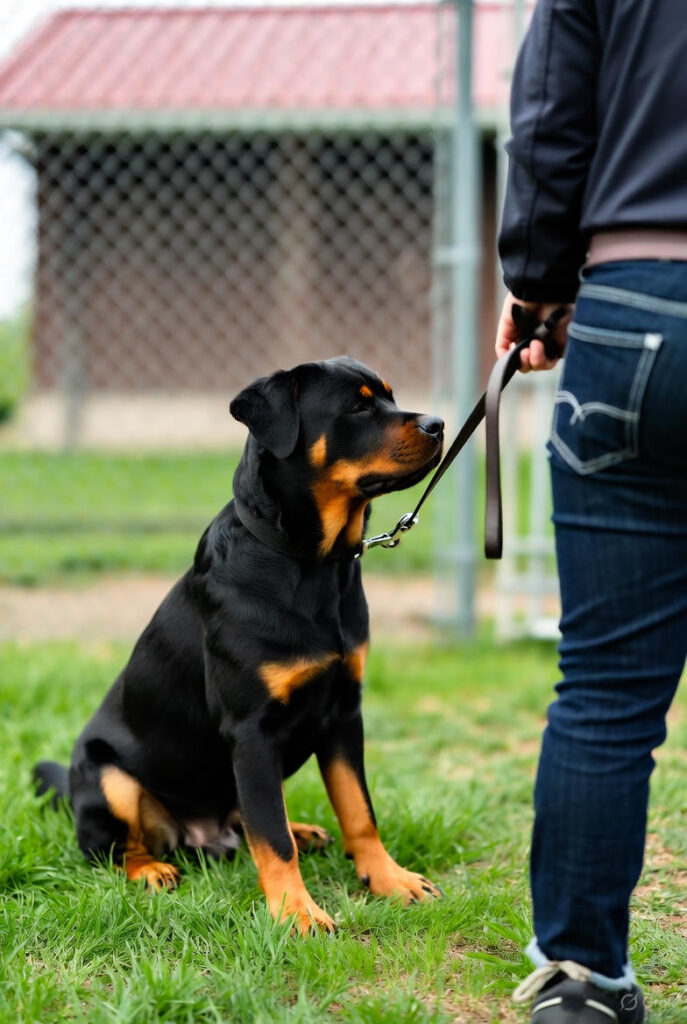
The Rottweiler has a reputation for strength, but they’re also incredibly smart and devoted.
With proper guidance, they become disciplined and affectionate companions.
Why they’re easy to train:
- Intelligent and loyal nature
- Responds well to calm, confident training
- Eager to please owner
Training Tip: Be firm but kind. Consistency is key — Rottweilers respect strong leadership.
10. Australian Shepherd – Energetic and Clever

Australian Shepherds are energetic working dogs with remarkable intelligence.
They love learning, working, and spending time outdoors.
Why they’re easy to train:
- Thrive on physical and mental challenges
- Learn new tasks quickly
- Excellent problem-solvers
Training Tip: Keep them busy with outdoor games, agility courses, or herding-type activities to prevent boredom.
Final Thoughts: Training Is About Love & Consistency
All dogs are capable of learning — some just pick things up faster than others.
The key to success is patience, positive reinforcement, and daily practice.
If you dedicate time and affection, any breed can become your loyal, well-behaved best friend.
Dogs that are eager to please, intelligent, and food-motivated tend to be easier to train. Breeds like Labradors, Poodles, and Border Collies quickly understand commands and love positive reinforcement.
The Labrador Retriever is often recommended for beginners. They’re friendly, patient, and respond well to basic obedience training — perfect for first-time dog owners.
Not always. While some small breeds can be stubborn, dogs like the Papillon and Miniature Poodle are intelligent and highly trainable when taught with patience and consistency.
Basic obedience training usually takes 4–6 weeks with daily sessions. However, it depends on the breed, age, and consistency of your training routine.
The Border Collie is considered the smartest dog breed. They excel at learning complex commands, agility training, and even understanding human emotions.
Yes! Older dogs can absolutely learn new commands. It may take a bit more time, but with gentle, positive reinforcement, they can master obedience just like puppies.
Golden Retrievers and German Shepherds are known for their loyalty and attentiveness. They listen closely to their owners and thrive in structured environments.
Not necessarily. Some smart dogs, like Huskies, are independent thinkers and may test boundaries. Intelligence helps, but obedience and temperament matter just as much.
Start with short, fun sessions (10–15 minutes), use treats and praise, be consistent, and never use punishment. Patience and positivity are the keys to successful training.
Breeds like the Labrador Retriever, Golden Retriever, and Poodle are not only easy to train but also gentle, playful, and perfect for families with children.
